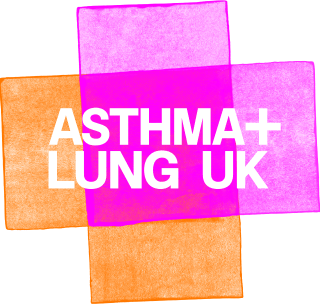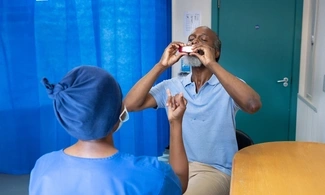Call 999 if you have:
- cold, clammy skin
- coughing up blood
- feeling lightheaded or dizzy
- severe breathlessness or difficulty breathing.
Symptoms of a bronchiectasis flare-up
If you’ve been diagnosed with bronchiectasis and your usual symptoms get worse, this could be a sign that you’re having a flare-up. The medical name for a flare-up is exacerbation.
Flare-ups are usually caused by bacterial infections, like a chest or lung infection, so your healthcare professional might also call a flare-up an infective exacerbation.
If you’re having a flare-up, one or more of your usual bronchiectasis symptoms may get worse. For example, you may:
- cough more, or cough up more phlegm (sputum)
- notice a change in the colour or texture of your phlegm
- feel more breathless than usual
- feel more tired (fatigued).
You could also get new symptoms:
- fever (a high temperature of 38 degrees Celsius or more)
- coughing up blood or bloodstained phlegm (haemoptysis). If this happens, follow NHS advice and get checked by a healthcare professional as soon as possible
- a sharp pain in your chest that hurts more when you breathe (pleurisy).
What causes flare-ups?
The main cause of bronchiectasis flare-ups are bacterial infections, like chest or lung infections.
Bronchiectasis flare-ups can also be caused by:
- Respiratory infections, like colds, flu, COVID-19 or respiratory syncytial virus (RSV). Antibiotics will not help treat flare-ups caused by respiratory infections because they’re caused by viruses, not bacteria.
- Environmental factors, like air pollution.
People with bronchiectasis tell us that other things make their bronchiectasis symptoms worse, but more research is needed to see how they’re linked to bronchiectasis flare-ups. This includes:
- indoor air pollution and allergies, for example damp, mould or scented cleaning products
- smoking and vaping
- pollen and hay fever
- cold weather
- hot weather.
What does my phlegm (sputum) mean?
Your phlegm (sputum) can help you work out if you’re having a flare-up.
If your phlegm gets darker, thicker or stickier, you could have an infection. Bronchiectasis flare-ups are usually caused by infections.
We have more advice about phlegm and mucus.
White or clear phlegm
Coughing up white or clear phlegm can be normal when you’re well. It might look like this:
Your healthcare professional might call this mucoid.
Pale yellow or green phlegm
Coughing up pale yellow or green phlegm may mean have an infection, but this may be normal for you. It might look like this:
Your healthcare professional might call this mucopurulent.
Dark yellow or green phlegm
Coughing up dark yellow of green phlegm means you’re likely to have an infection. It might look like this:
Your healthcare professional might call this purulent.
Dark green, brown, or sometimes bloody phlegm
Coughing up dark green, brown, or sometimes bloody phlegm means you have an infection. It might look like this:
Your healthcare professional might call this severe purulent.
What to do if you're having a flare-up
It’s important to manage flare-ups quickly to prevent further damage to your lungs.
If you think you’re having a flare-up, you should follow the advice on your bronchiectasis self-management plan. This should include personalised information about managing flare-ups.
This might involve:
- Providing a phlegm (sputum) sample to your healthcare professional. This is important as they can use the results to work out what is causing your flare-up and the best way to treat it.
- Taking antibiotics. You’ll only need to take antibiotics if your flare-up is caused by a bacterial infection.
- Doing the airway clearance techniques that your respiratory physiotherapist taught you.
- Using other medication and treatments for your bronchiectasis as prescribed.
- Seeing your healthcare professional when you feel better to make sure you’re treating and managing your condition well.
If you’ve had three or more flare-ups in the last year, ask your healthcare professional about being referred to a respiratory specialist. They can help you prevent future flare-ups.












